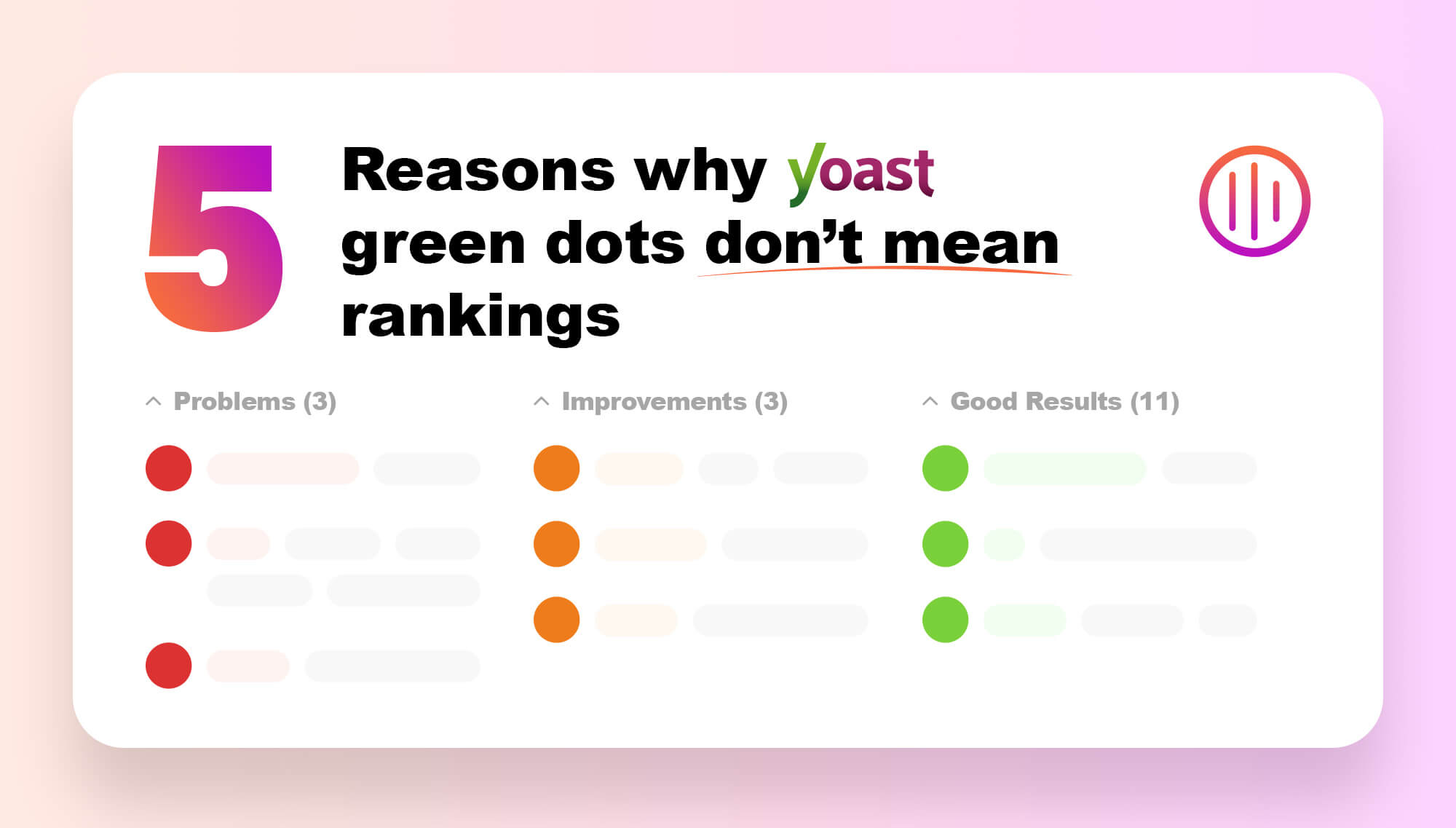Before we go into measuring the success of your PPC campaign the one thing you need to take away from this article, which is the biggest mistake in PPC, is this:
Never run a PPC or Adwords campaign without connecting analytics and regularly checking your statistics.
This is the largest and most common mistake that often leads to misconceptions such as “ pay per click, that’s really expensive isn’t it” or “ I hear its just a waste of money“.
This generally stems from people who have set up a PPC campaign, created one advertisement, selected a few keywords, deposited a budget and simply left the campaign running. They then only check it when the budget has exhausted.
Setting up an PPC campaign without taking the time to research your keywords and monitor the inbound traffic from those keywords is about as efficient as throwing your money into a wishing well and hoping for leads.
With that being said, you will need to know how to measure the success of your PPC campaign…
PPC (Pay Per Click) has quickly grown to become of the most popular methods of online advertising, with Google Adwords leading the ranks. Google has grown to handling more than 2/3rds of all search queries on the internet, so using Adwords naturally gives you a greater opportunity to reach the masses. Not to mention the Google Adwords platform is also the most feature rich and algorithmically advanced available in the PPC market.
The remainder of the market is filled with the other search engines such as Bing & Yahoo, as well as numerous third party companies such as www.buysellads.com or www.adroll.com. Despite large differences in size, fundamentally the theory behind the game is the same. This is a guide on how to go about measuring your PPC success.
So, what makes a successful PPC campaign?
A successful PPC campaign will essentially mean you have had lots of relevant click throughs to your website, which then result in leads or sales. Keep in mind relevant traffic is the goal!
How do you measure PPC success?
Measuring your success is hugely important when it comes to PPC. Without understanding where your campaign’s strengths and weaknesses lie, you may end up with a black hole eating your budget…and have no return to show for it.
The most important step to understanding the success of your PPC campaign: you need to have analytics!
If you are using Adwords, it is very important to link it with Google Analytics as they communicate with each other allowing you to closely monitor the performance of your adwords campaign. I can’t stress enough how beneficial it will be to enable auto tagging as it will give you the exact performance figures for each of your keywords. https://support.google.com/adwords/answer/1704341?hl=en-GB
Bing and Yahoo also offer this connection to analytics ( http://www.analyticsseo.com/blog/setting-up-google-analytics-to-measure-yahoo-and-bing-pay-per-click-ppc-campaigns/ ). Google also isn’t the only one to offer an analytics solution. You can find more options here: http://piwik.org/ and http://www.openwebanalytics.com/
Once you have your PPC campaign up and running alongside the analytics, navigate from your main reporting dashboard in analytics to Acquisition -> Adwords -> Adwords Keywords and select your date range in the top right of the screen, it will look something along the lines of this :
Breakdown of Metrics:
Sessions/Clicks: The # of clicks each keyword has received
% of New Sessions: The # of first time visitors to your site. If this is low then you’re paying out for repeat visitors. This is generally not ideal, although depends on your marketing objectives.
New Users: The actual # of new visits the keyword has achieved
Bounce Rate: This is a really important one! This is the % of single-page visits (ie. Visits in which the user left your website without making any interaction) The higher this percent is, the worse the keyword is performing in terms of engagement.
Page/Sessions: This is average number of pages visited on your site by users. The higher the number, the better and more engaged your audience is.
Ave. Session Duration: This is also really important. This is the average length a visitor will spend on your website, the lower the figure, the worse the engagement.
Goal Conversion Rate: This is the percentage of users which successfully completed a goal that has been set up in your Google Analytics. Goals are a great way of measuring success and ROI – I’ll cover goals and how to set them up in the next section.
Goal Completion: The actual number of goals completed.
Goal Value: When you assign goals you are able to give them a monetary value, which is great for tracking your ROI.
E.g. If you sell coffee mugs, a successful sale or “goal” is worth £1.00 profit to you company, so the monetary value to a successful goal is set at £1.00. If it costs you £1.05 in adwords budget to achieve this sale, then it is a negative ROI; if it only costs £0.50, then its a positive ROI.
IF you are getting poor quality results according to this information, there is a good chance your keywords or ads are irrelevant. This means you should either change your keywords, ads or change the content/appearance of your website, a great indicator of this is quality scoring/ad score found in your adwords campaign keywords metrics.
Setting Up Goals
One of the best ways to measure the success of your websites visitor engagement is to set up goals in either your analytics software or your PPC campaign.
Here is Googles official blurb regarding using goals: http://goo.gl/4l41Xl
What is a goal?
Essentially a goal is what you are attempting to achieve when a visitor goes to your site. Whether you want them fill out a particular form, download your e-book or purchase your product.
To lay out an example: Jimmy wants visiting people to fill out a contact form on his website. When you fill out his form with your question, Jimmy’s website sends you too a ‘thank-you’ success page only reachable through completing the form. This page becomes Jimmy’s goal.
Once you have created your goal you are going to want to assign a monetary value to it. ie. Reaching Jimmy’s contact success page is worth £8 to him
Your analytical software will then track the goals for you and give you an idea of the statistical traffic that leads to a successful goal and automatically assign your chosen value to it.
Goals are a great way to measure the ROI of your Adwords campaign. It also aids in identifying which keywords are performing the best and ultimately will give you a better return.
E.g. So Keyword 1 might give you a traffic conversion success rate of 20% and a value of £80, Keyword 2; a traffic conversion success of 15% and a value of £64. Therefore you can see that Keyword 1 is more successful.
Comparing the total monetary value of the goals generated against the budget spent on adwords will give the profit generated through your adwords campaign.
E.g. You spend £100 on adwords advertising and this generates a total profit (in terms of monetary amounts from goals) £120. – the profit achieved from running your adwords campaign is £20.
Your PPC campaign’s total cost should be less than the conversion value you achieve, otherwise you will be achieving a negative ROI and the adwords budget will cost more than it will generate.
Conclusion
The most important aspect of running a successful PPC campaign is constantly checking the analytical data from your adwords traffic, adapting changes to your campaign based on this data.
This will help you avoid any potential waste and fully optimise your campaign & your ads.
Effectively measuring ROI through adwords metrics, analytics and goals will mean the difference between a wasteful adwords campaign and a successful cost effective campaign.
At the end of the day, a PPC campaign is an investment and all investments require a good ROI.






